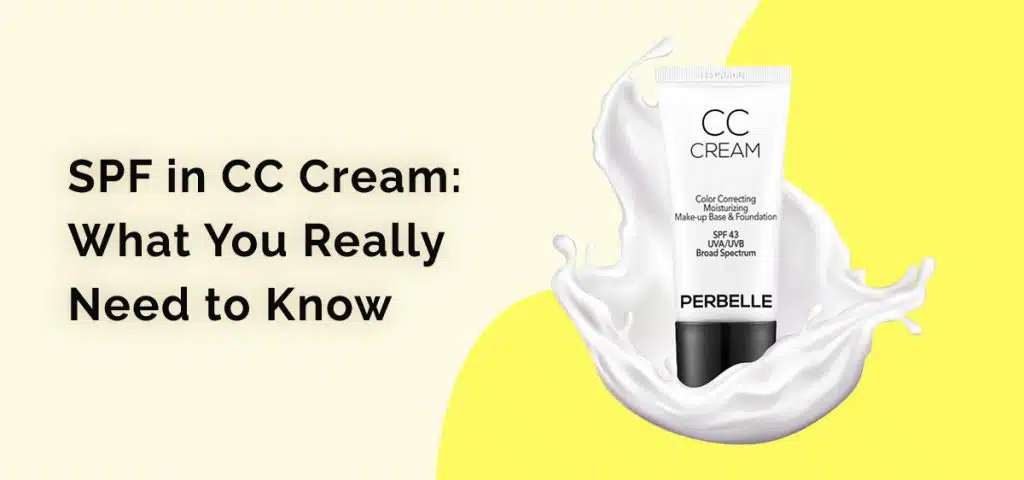
In recent years, CC creams have gained immense popularity for their all-in-one benefits—providing coverage, hydration, and sun protection—all in a single product.
These multi-functional creams have become a go-to choice for those seeking a quick and effortless beauty routine without compromising skincare. With claims of SPF cover, many of us rely on CC creams as a convenient alternative to traditional sunscreens, believing their sun protection is enough for our daily needs.
But is it enough to protect your skin from harmful UV rays? Are CC creams designed to replace your sunscreen, or should they be treated as an additional layer of defense? And most importantly, how much SPF does your skin need to stay safe from sun damage?
In this blog, we’ll explore the importance of sun shield factors and why it’s essential for healthy skin.
We’ll also explore the role of formulated color-correcting products (creams) and why they’ve become a staple in many skincare routines.
SPF, or Sun Protection Factor, measures how well a product protects your skin from UVB rays, which cause sunburn and contribute to skin cancer.
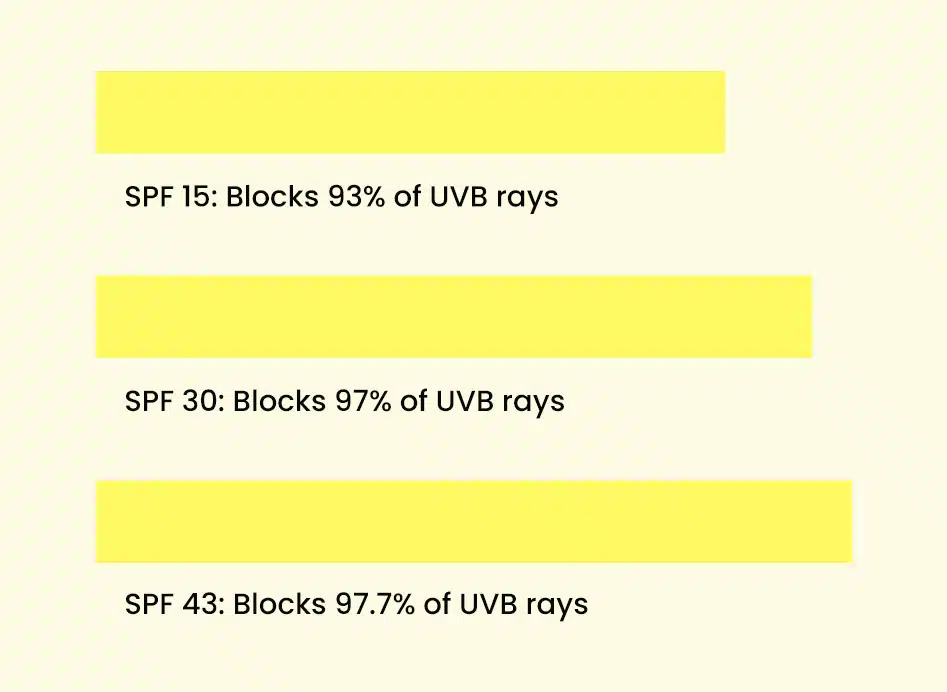
UV rays are always present, even on cloudy days, and prolonged exposure can lead to premature aging, sunburn, and skin damage. Regularly using sun protection creams or lotions/ serums helps prevent these issues by protecting the skin.
SPF 15 blocks about 93% of UVB rays, SPF 30 blocks 97%, and SPF 50 blocks 98%. While no sunscreen can block 100% of UV rays into the skin and higher sunscreen offers more protection for a longer time.
In particular, SPF 43 is considered substantially a level that provides 97.7% of UVB rays.
Choosing products labelled ‘broad-spectrum’ is crucial, which means they protect against UVB and UVA rays, which cause more profound skin damage and aging.
CC creams, or Color-Correcting creams, are multifunctional products that combine the benefits of foundation, moisturizer, and sun block.
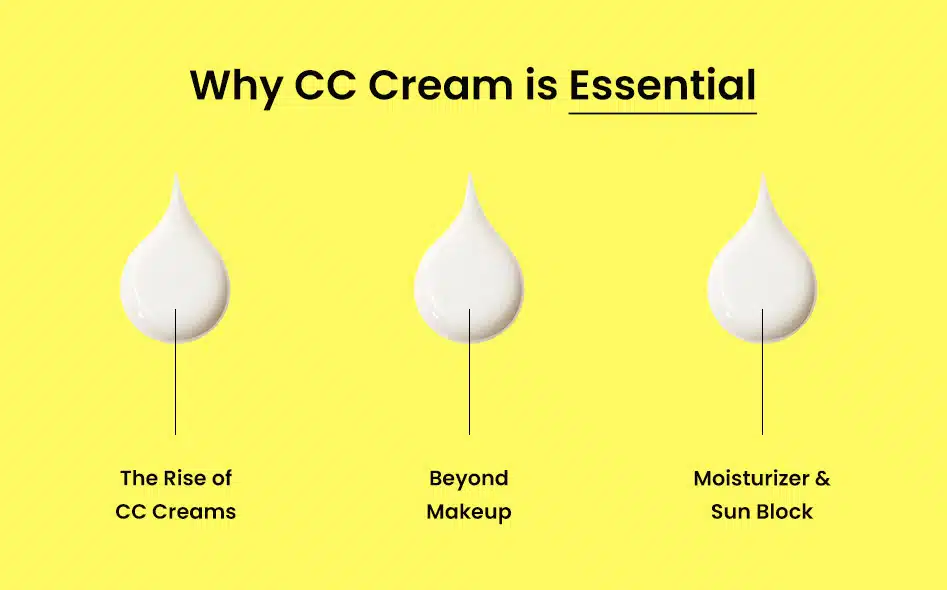
They are loved for their lightweight texture and provide light to medium coverage while evening out skin tone and tackling redness or dark spots.
Many products are infused with skin-loving ingredients, such as hyaluronic acid for hydration, antioxidants for defense, and SPF for sun shield.
In a fast-paced world, they offer convenience by cutting down your skincare and makeup routine into a single step.
Relying solely on the SPF in your product for sun cover might not be enough. While these creams offer multiple benefits, some key factors must be considered to ensure your skin is truly protected.
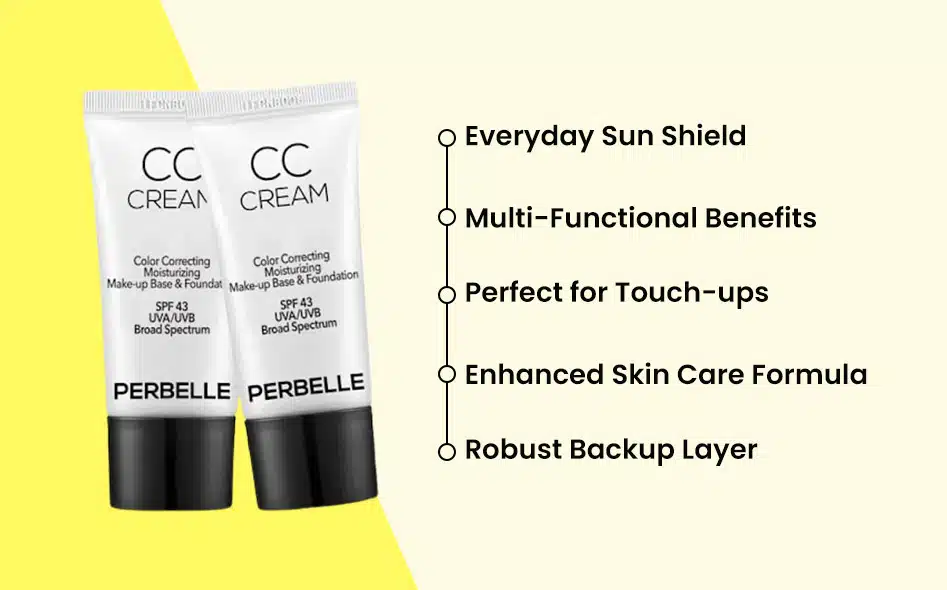
Here’s what you need to know.
CC creams provide a lightweight layer of sun protection with SPF 43, making them ideal for daily wear indoors or with minimal sun exposure. They offer a shield without the heaviness of traditional sunscreens.
Along with sun protection, CC creams even out skin tone, provide hydration, and often contain anti-aging ingredients, making them a versatile product for your beauty routine.
While not a replacement for sunscreen, CC creams are great for midday touch-ups. They provide a sunblock boost and coverage when reapplying sunscreen, which is convenient.
Many CC creams are enriched with antioxidants, vitamins, and moisturizing agents, which nourish the skin while protecting it from environmental stressors.
CC creams add an extra layer of SPF 43 to sunscreen, ensuring that the skin has some shelter against harmful rays even if the sunscreen wears off slightly.
Many believe an SPF 50 product offers double the shelter of SPF 25 or significantly more than SPF 30, but the reality is quite different.
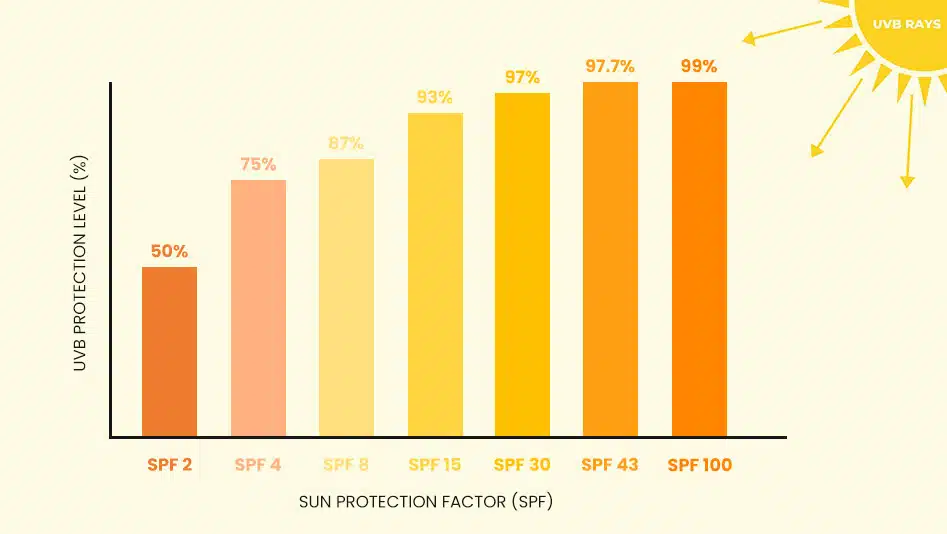
Let us understand is SPF good for your skin:
A sun shield of 30 blocks about 97% of UVB rays, while a sun defense of 50 blocks 98%. The difference is just 1%, often negligible in daily sun exposure.
Higher sunblock can give a false sense of invincibility, causing people to stay out longer in the sun without reapplying, which can lead to more damage.
SPF ratings only measure UVB shield. Higher sunblock measures don’t always mean better defense from UVA rays, which cause aging and long-term damage.
Regardless of the shade number, sunscreen must be reapplied every two hours, especially if you’re sweating or exposed to water.
Most dermatologists recommend SPF 43 for everyday use if you apply it correctly and reapply as needed. Higher sunblock is more suitable for extreme sun exposure, like beach days or high-altitude trips.
Protecting your skin from the sun isn’t just about applying sunscreen once in the morning—it’s a daily routine that requires consistency and care.
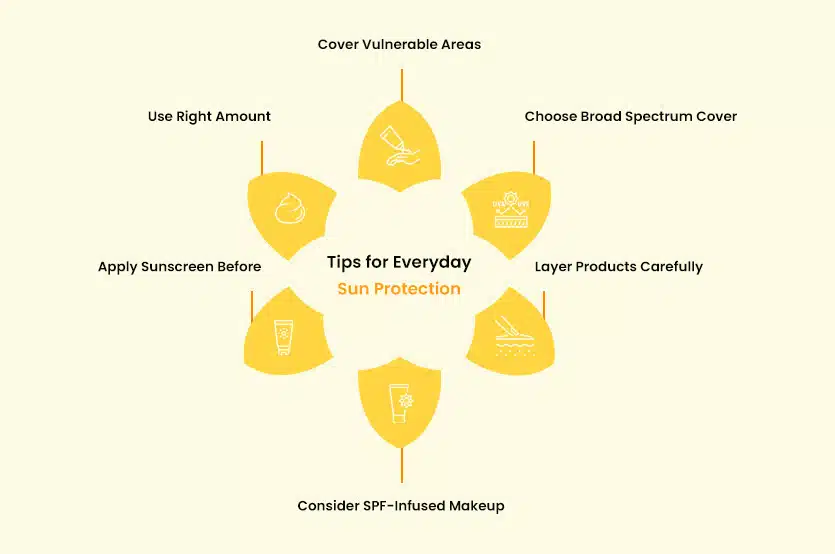
Here are expert tips to help you maintain optimal shelter:
15 Minutes Before Sun Exposure: This allows the product to form a protective barrier on your skin.
A nickel-sized amount for your face and a shot glass-sized amount for your body ensures even coverage.
Often overlooked spots, such as the ears, neck, hands, and feet, are prone to sunburn and should be protected.
Products with broad-spectrum defense shield against both UVA (aging) and UVB (burning) rays.
Apply sunscreen after moisturizer but before makeup. If using CC cream with SPF, treat it as an extra layer.
While not a replacement, sunblock in makeup products can provide an additional layer of defense during reapplications.
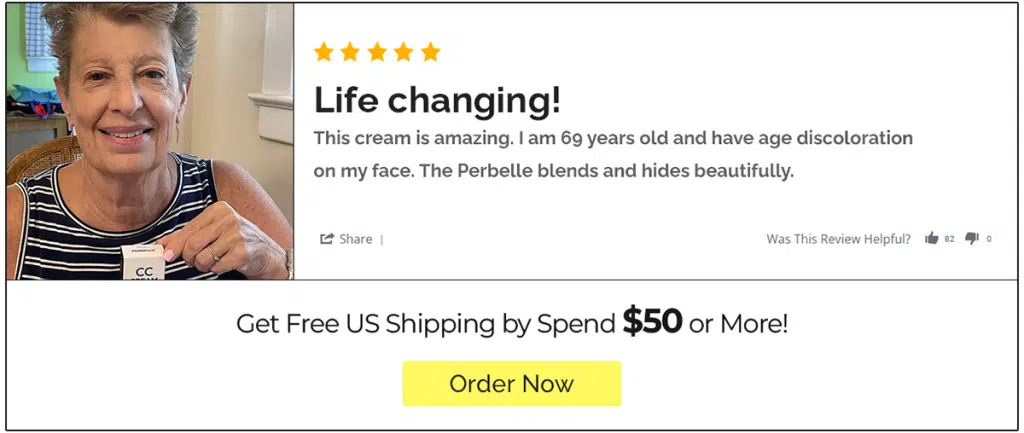
While CC creams are a fantastic addition to your beauty arsenal, they shouldn’t be your only line of defense against sun damage. These multi-functional products provide lightweight coverage, hydration, and some sun protection, but they are not designed to replace a dedicated sunscreen.
The SPF 43 in color-correcting creams can offer a helpful boost, especially for touch-ups throughout the day. Still, achieving adequate defense requires applying the right amount and reapplying frequently.
To safeguard your skin from harmful UV rays, use a broad-spectrum sunscreen with at least SPF 43 as your primary shield in a CC cream as a supplementary layer.
Remember, sun protection is not just about avoiding sunburn; it’s about preventing premature aging, hyperpigmentation, and long-term skin damage.
Make it a daily commitment; your skin will thank you for years!